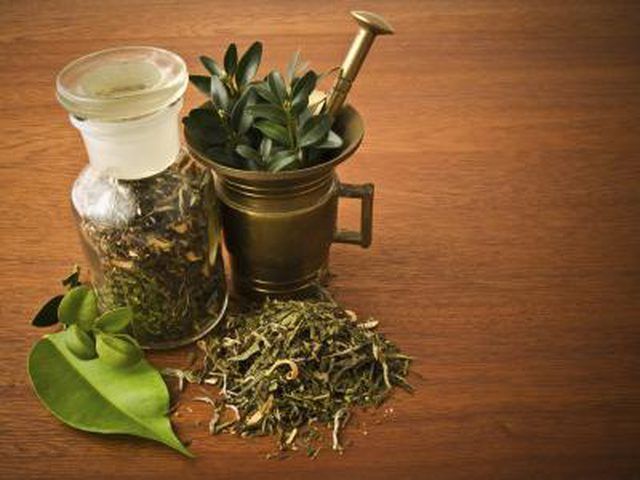Bulbs
Flower Basics
Flower Beds & Specialty Gardens
Flower Garden
Garden Furniture
Garden Gnomes
Garden Seeds
Garden Sheds
Garden Statues
Garden Tools & Supplies
Gardening Basics
Green & Organic
Groundcovers & Vines
Growing Annuals
Growing Basil
Growing Beans
Growing Berries
Growing Blueberries
Growing Cactus
Growing Corn
Growing Cotton
Growing Edibles
Growing Flowers
Growing Garlic
Growing Grapes
Growing Grass
Growing Herbs
Growing Jasmine
Growing Mint
Growing Mushrooms
Orchids
Growing Peanuts
Growing Perennials
Growing Plants
Growing Rosemary
Growing Roses
Growing Strawberries
Growing Sunflowers
Growing Thyme
Growing Tomatoes
Growing Tulips
Growing Vegetables
Herb Basics
Herb Garden
Indoor Growing
Landscaping Basics
Landscaping Patios
Landscaping Plants
Landscaping Shrubs
Landscaping Trees
Landscaping Walks & Pathways
Lawn Basics
Lawn Maintenance
Lawn Mowers
Lawn Ornaments
Lawn Planting
Lawn Tools
Outdoor Growing
Overall Landscape Planning
Pests, Weeds & Problems
Plant Basics
Rock Garden
Rose Garden
Shrubs
Soil
Specialty Gardens
Trees
Vegetable Garden
Yard Maintenance
Facts on the Plant Kingdom
Facts on the Plant Kingdom. The plant kingdom is a large group that includes mosses, flowers, ferns, bushes and trees. Although plants are similar to members of other kingdoms, such as the animal kingdom, because they have cells, a number of characteristics differentiate plants from other forms of life.
The plant kingdom is a large group that includes mosses, flowers, ferns, bushes and trees. Although plants are similar to members of other kingdoms, such as the animal kingdom, because they have cells, a number of characteristics differentiate plants from other forms of life.
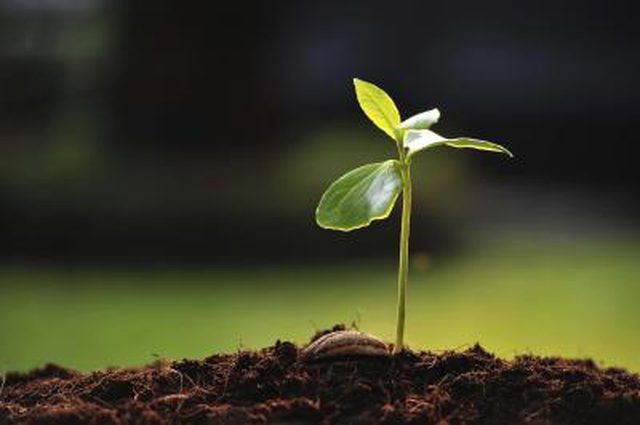
Approximately 260,000 species of plants exist throughout the world, according to the National Magnetic Field Laboratory. Mosses are the smallest members of the plant kingdom; sequoia trees, which can grow to 300 feet in height, are the tallest, according to the National Magnetic Field Laboratory.
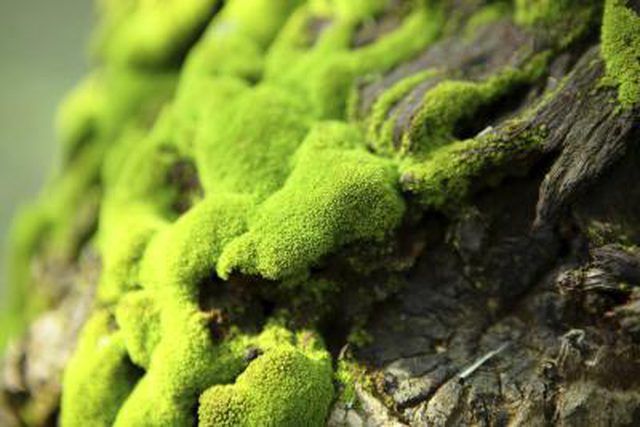
Most members of the plant kingdom are able to make their own food through a process called photosynthesis, where they take energy from sunlight and turn it into sugars, starches and other materials. Chlorophyll is a pigment that provides plants with their green color and helps them to produce carbohydrates.
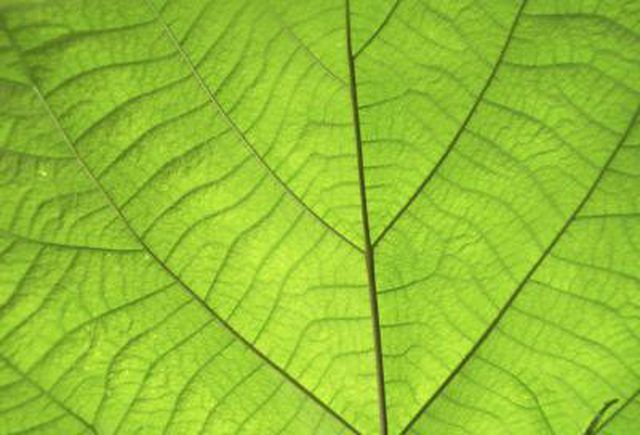
Plants are eukaryotes, which means that they have organelles and a nucleus. Members of the plant kingdom differ from many other organisms because they have a cell wall structure to protects cells and chloroplasts, which help them to undergo photosynthesis.
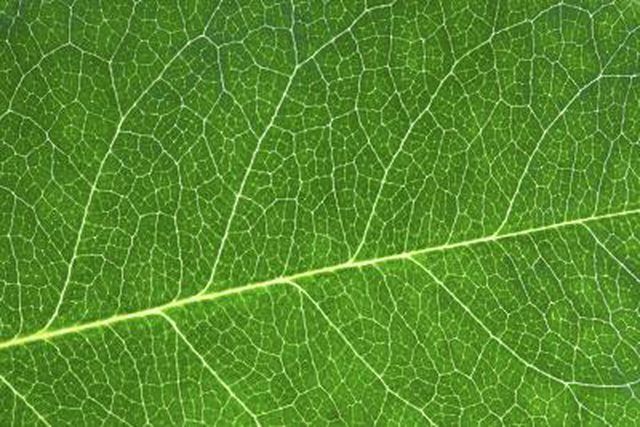
Roots are responsible for providing minerals and water to a plant. Stems consist of branches and trunks that connect parts of a plant and store and transfer food with it. In plants, leaves are where photosynthesis processes occur, according to an article by Marshall Crosby and Peter Raven for the Microsoft Encarta Encyclopedia.
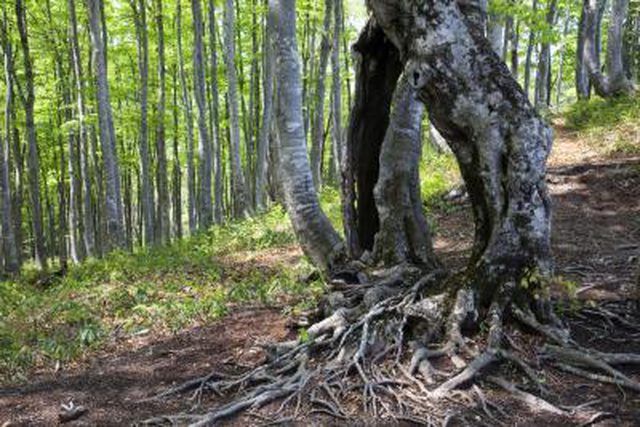
In ecosystems, plants provide food and oxygen for organisms of different kingdoms, including the animal kingdom. Some plants are used to make medications, such as anti-inflammatory, cancer, anti-Parkinsonís, antibiotic, anticholinergic and antidepressant drugs.
